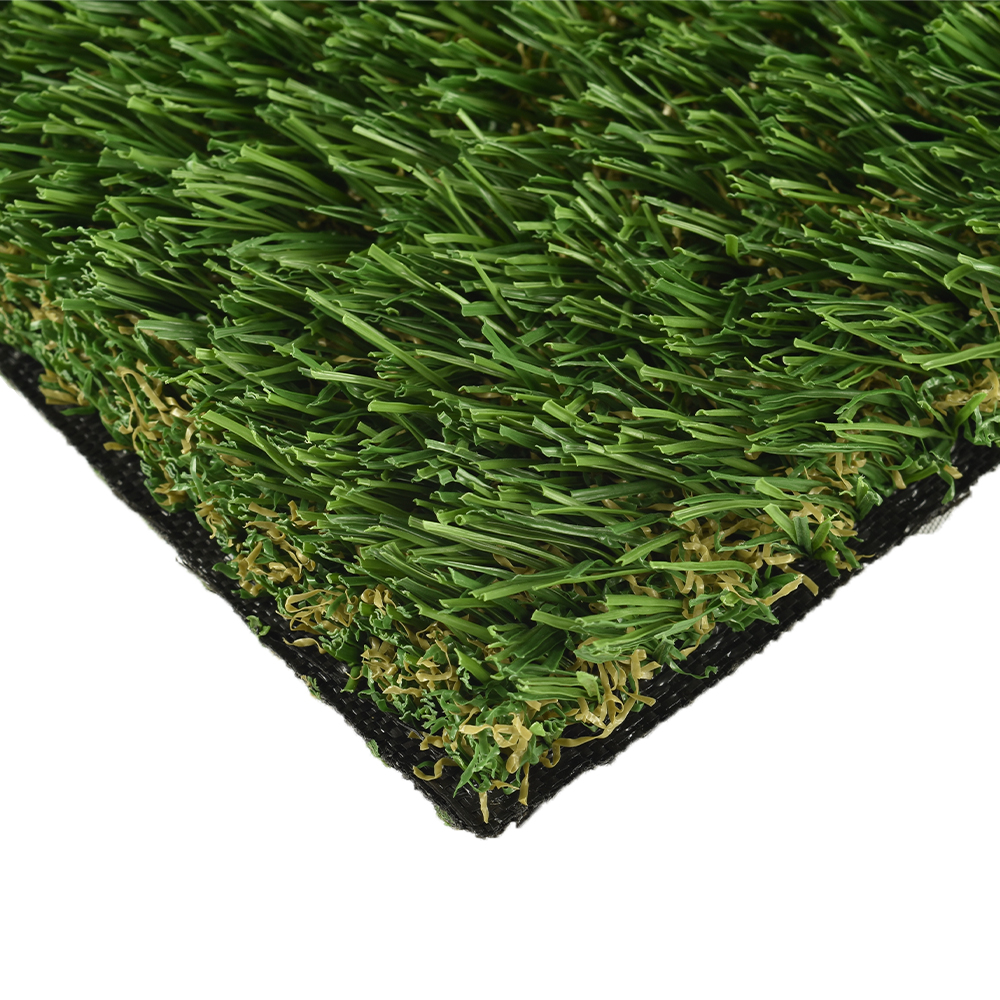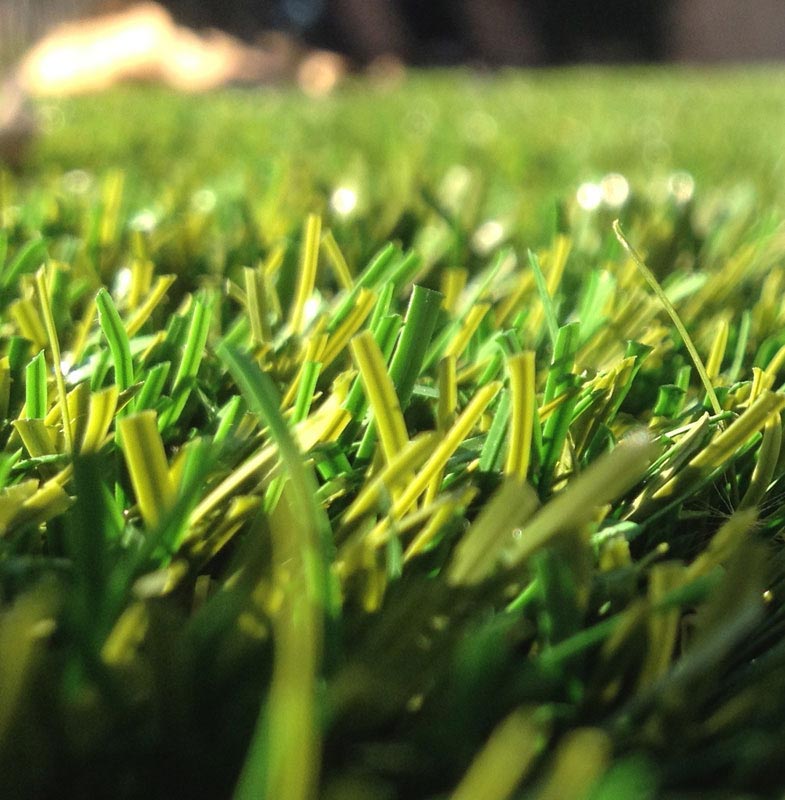Look Into the Environmental Perks of Opting for Synthetic Grass Solutions
The adoption of synthetic grass options offers an engaging opportunity to deal with pushing ecological obstacles. By considerably minimizing water use and decreasing the application of hazardous chemicals, these options not only promote sustainable landscaping however likewise secure local environments.
Water Preservation Benefits
One of the most significant benefits of man-made grass is its ability to preserve water. In comparison, synthetic turf does not require watering, substantially decreasing the total need for water resources.
By removing the requirement for regular watering, synthetic grass adds to sustainable landscape techniques and aids alleviate the environmental effect of too much water usage. Moreover, the conservation of water includes the reduction of overflow, which can bring about dirt disintegration and waterway contamination.
Furthermore, the installation of man-made lawn allows house owners and municipalities to assign water sources extra efficiently, concentrating on necessary usages such as drinking water and agriculture. The shift towards man-made lawn not only promotes responsible water usage however additionally straightens with broader environmental goals targeted at protecting natural deposits.
As areas increasingly prioritize sustainability, the water conservation benefits of artificial turf provide a compelling situation for its fostering in household and commercial landscape design jobs.
Lowered Chemical Use
The change to synthetic grass significantly decreases the reliance on chemical therapies typically made use of in all-natural lawn upkeep. Conventional grass management generally involves the application of pesticides, fertilizers, and herbicides to promote growth and control parasites. These chemicals can posture dangers to human health and wellness, local wild animals, and the setting, contributing to soil and water contamination.
In comparison, artificial lawn eliminates the requirement for these hazardous materials. By minimizing the launch of artificial compounds right into the community, fabricated turf advertises much healthier soil and water systems.
In addition, the absence of chemical overflow associated with man-made turf setups aids shield neighborhood waterways from pollution, supporting marine life and maintaining biodiversity. Arizona artificial turf. As neighborhoods progressively focus on sustainable methods, choosing synthetic grass offers a viable service that lines up with ecological preservation goals. With this change, home proprietors can enjoy lush eco-friendly areas without endangering eco-friendly health, paving the way for a much more lasting future
Lower Carbon Impact

Furthermore, the installment of synthetic grass can lead to significant water preservation. All-natural lawns require significant amounts of water for irrigation, which not just contributes to the carbon impact connected with water removal and therapy yet additionally strains local water resources. In contrast, artificial turf needs minimal maintenance, requiring no watering, thus substantially minimizing water use and its connected energy expenses.
Furthermore, the longevity of synthetic turf adds to its reduced carbon impact. With a life-span of approximately 15 years or even more, the requirement for regular replacements is decreased, resulting in less waste and reduced energy consumption in production and dealing with conventional grass alternatives. On the whole, synthetic grass provides a sustainable option for eco aware landscaping.
Habitat Conservation
Environment preservation is a critical factor to consider in the dispute over landscaping choices, specifically when comparing synthetic grass to natural grass. All-natural turf yards commonly need extensive upkeep, including using fertilizers, herbicides, and chemicals, which can negatively influence regional ecosystems. These chemicals can seep into the dirt and rivers, hurting indigenous flora and animals and disrupting neighborhood habitats.
On the other hand, artificial grass offers a chance to lower the ecological impact of landscape design. By choosing artificial turf, house owners can minimize the interruption of all-natural habitats related to typical lawn care techniques. Artificial grass gets rid of the demand for hazardous chemicals, consequently protecting nearby image source wildlife and preserving the stability of bordering ecosystems. The installation of synthetic grass can lead to the conversion of former turf areas right into even more biodiverse landscapes, such as pollinator yards or indigenous plant locations, which can support regional wildlife.
Ultimately, the transition to synthetic grass not just preserves water and lowers upkeep efforts but also cultivates an extra harmonious relationship in between human tasks and the native environment, promoting environment conservation at the same time.
Long-Term Sustainability
Long-term sustainability is a crucial consider examining the advantages of synthetic grass over standard turf lawns. Among the most substantial benefits of artificial lawn is its longevity; it can last as much as 15-20 years with minimal upkeep, whereas natural yard needs frequent reseeding and replacement. This durability decreases Visit Website the need for continuous sources, such as water, fertilizers, and pesticides, which are crucial for maintaining a healthy and balanced turf yard.
In addition, synthetic grass contributes to a decrease in carbon discharges related to yard treatment equipment. Typical lawns usually need gas-powered lawn mowers, trimmers, and blowers, every one of which contribute to air pollution. Arizona turf. On the other hand, artificial grass eliminates the requirement for such tools, promoting a cleaner setting
Furthermore, the manufacturing of synthetic grass increasingly makes use of recycled products, enhancing its sustainability account. As suppliers adopt green methods, the ecological impact of artificial turf remains to lessen.

Conclusion
The basics fostering of synthetic grass remedies presents substantial ecological advantages, consisting of substantial water preservation, minimized dependence on dangerous chemicals, and a lower carbon impact. Moreover, man-made lawn help in preserving natural habitats by lessening land disturbance and advertising long-lasting sustainability via making use of durable products. Collectively, these variables underscore the capacity of fabricated turf to contribute favorably to ecological health and use a sensible alternative to standard landscape design techniques in a progressively resource-conscious globe.
In comparison, fabricated turf does not need watering, dramatically reducing the overall demand for water resources. By reducing the launch of artificial substances right into the ecosystem, synthetic grass advertises much healthier dirt and water systems.
Furthermore, the installation of synthetic grass can result in considerable water preservation. In comparison, man-made grass requires marginal upkeep, requiring no watering, thus considerably decreasing water usage and its connected energy costs.
